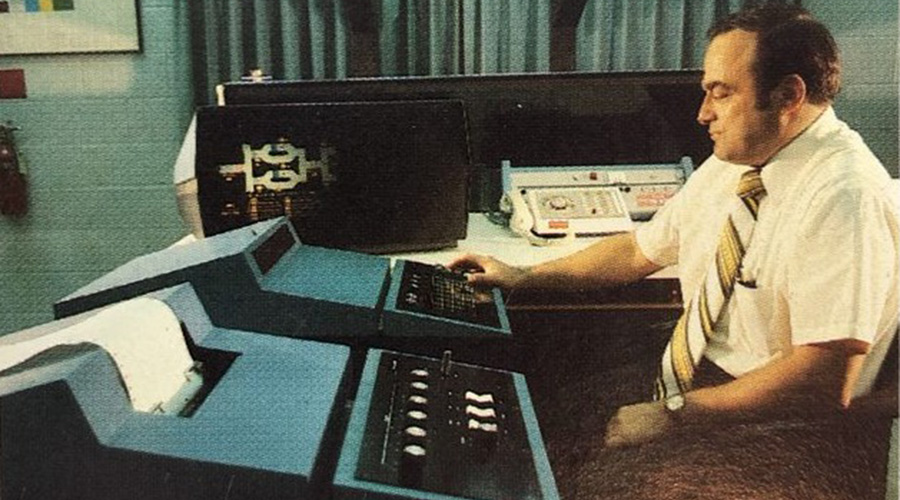Make Up For a Smaller Staff By Leveraging Technology
Facility managers need to work smarter, not harder. Use technology and data to overcome challenges presented by having fewer staff members.
Unfortunately, even well-justified, legitimate requests for additional staff are often declined, forcing facility managers to handle the workload with existing staff. A first step is establishing priorities. “If the crew is already working as efficiently as possible, then the only option might be to schedule work in a way that addresses the most sensitive cleaning, such as public areas and hallways, while downgrading the frequency of less sensitive areas,” Walinski says. To be sure, this requires facility professionals to regularly audit all areas to try to stay ahead of developing problems, he adds.
When setting priorities, facility managers should consult with other departments to ensure that facility goals align with wider organizational needs. “If the emphasis internally is on security, you know that’s a priority,” Friday says.
One goal in talking with other departments is managing expectations. Let customer groups know how service levels are impacted by staffing levels. For instance, Robertson notes that his group will first focus on “mission critical, safety items, and legal requirements,” before tackling jobs like repainting someone’s office. “You have to have a level of understanding so you can concentrate your resources,” he says.
Communication with facilities employees is also essential, Dunoff says. When talking with the staff, acknowledge the constraints and ask for ideas for working smarter and more efficiently. “Show leadership,” she says. “Make employees feel empowered and engaged in the process.”
To maximize the value of existing staff, invest in training that equips them to handle multiple roles. The goal is a “multi-faceted staff, versus just a boiler operator,” Friday says.
Working smarter
Technology can help employees work more efficiently. Building automation systems often allow for some level of remote troubleshooting. When a mechanic shows up on site, he or she often knows where to go and has some understanding of what needs to be done, Robertson says.
Once a building maintenance or asset management system is implemented, all facility employees should know how to use it, Kincaid says. The job of entering information shouldn’t be handed off to a small group, as it is with some organizations. “In a well-oiled FM organization, everyone should be able to use the system, run reports, and make decisions,” he says. When employees outside the facility department handle these jobs, some of the efficiency gains the tools are designed to produce are lost.
Mechanics in the Klein school district use iPads to receive work order assignments without having to return to the shop, Robertson says. In addition, the district incorporates GPS within facilities employees’ vehicles to reduce “windshield time,” he adds.
Strazdas works with employees to ensure they’re prepared before they respond to a customer call. This includes having them obtain upfront as much information as possible from the customer, and ensuring they have the supplies they likely will need before they head out. “We try to cut the cycle time,” he says.
When working efficiently and effectively isn’t enough to ensure all projects are completed, the facility manager may need to check if the company will okay overtime or contract help. “Temporary resources are a good way to fill the gap,” says Steve Smith, director of the physical IT network with Arvest Bank Operations. If a temporary contractor begins to work full- or near full-time, it may make sense to bring that person on full-time, Smith adds.
Finally, reminding facilities staff of the reasons they’re on the job in the first place can instill pride and motivate them, without requiring the facility manager to constantly watch and prod. “We talk about what facilities can do for the student experience,” Strazdas says. “We’re changing young minds.”
Karen Kroll, a contributing editor for Building Operating Management, has written extensively about real estate and facility issues.
Email comments to edward.sullivan@tradepress.com.
Related Topics:















